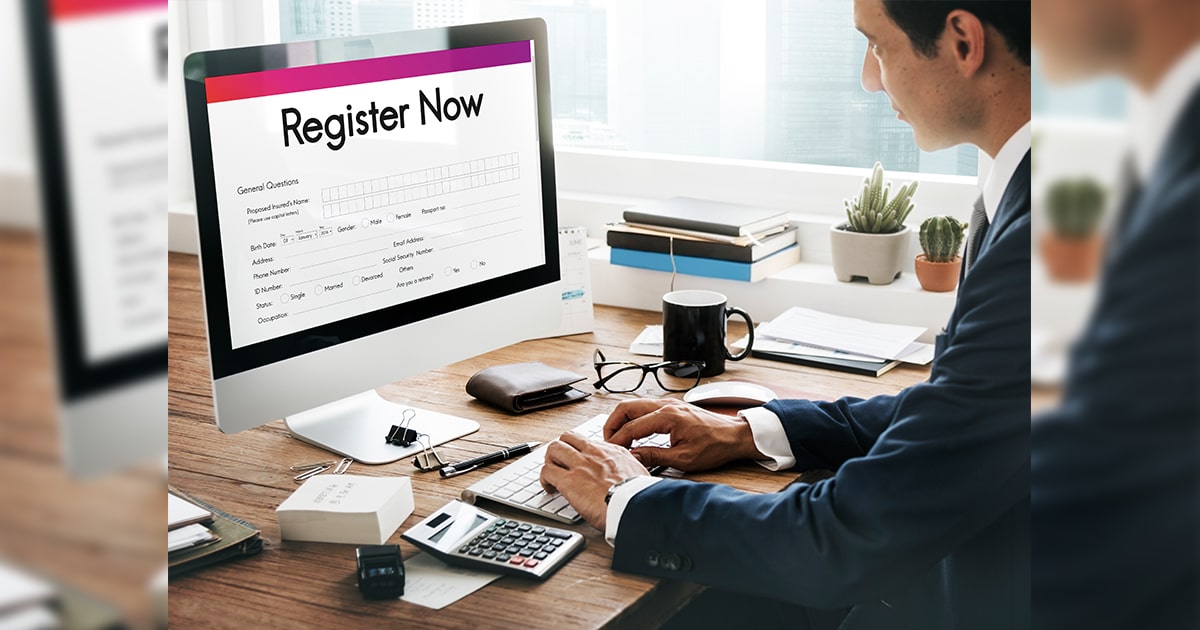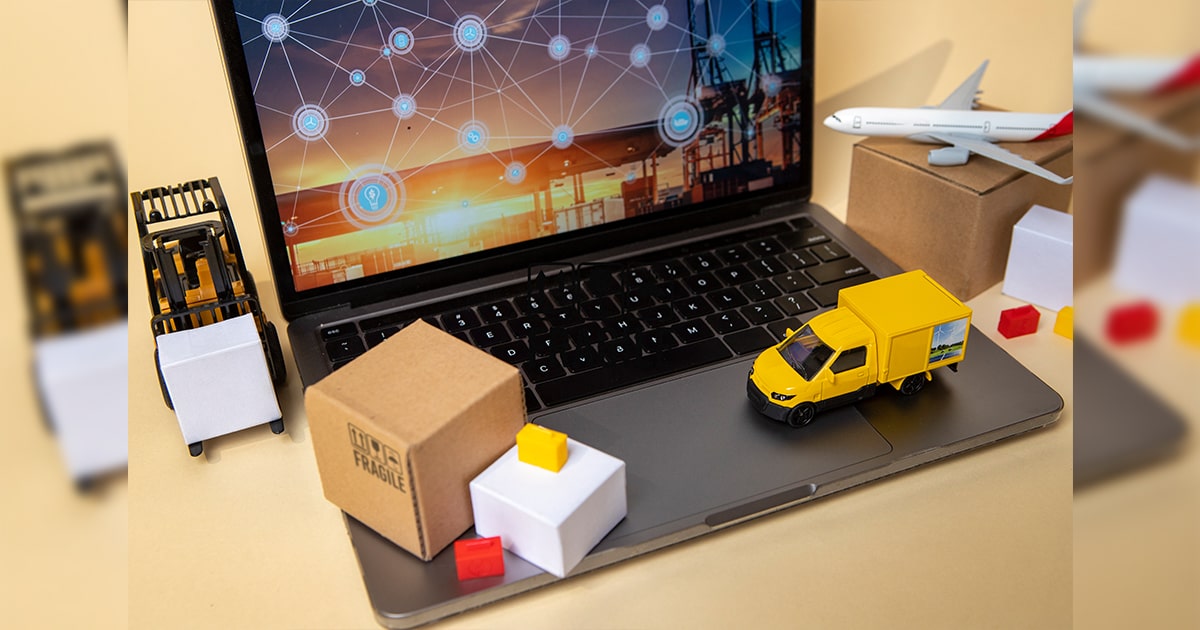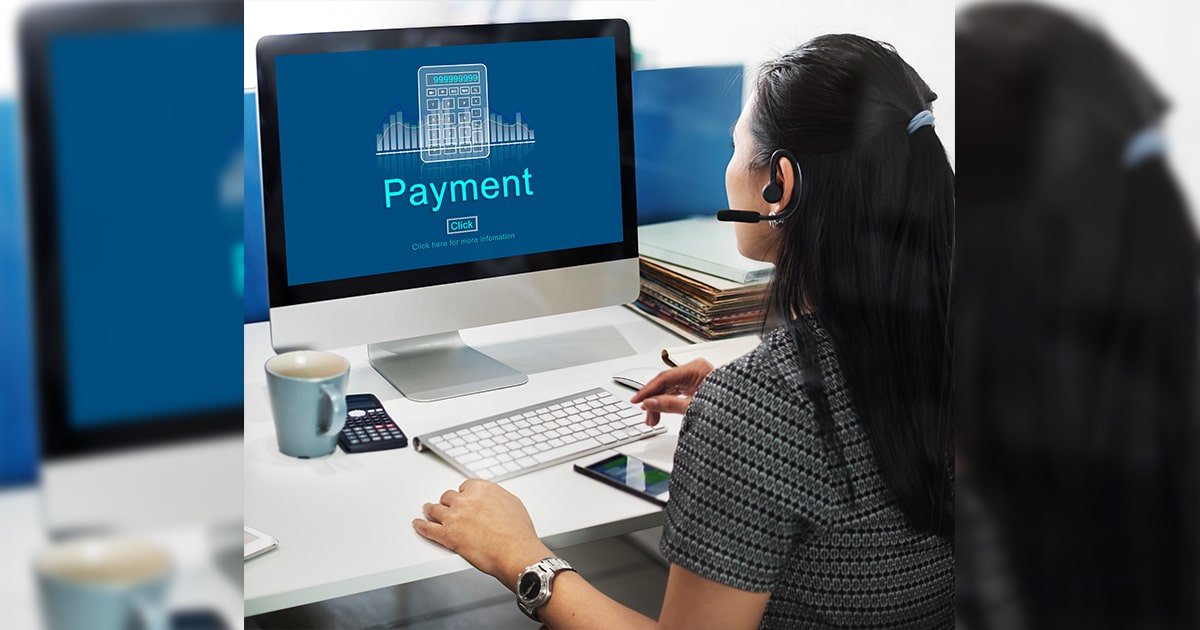Retailers buy products or services from the manufacturer or wholesaler and sell that to customers, its looks simple but the industry is completely saturated and has high competition. Retail covers everything from food and beverages, apparel, home décor items, auto, and so on.
Entrepreneurs hold plenty of opportunities in the retail industry segments because of its vast number of sectors, it is also highly competitive, making it a risky attempt.
how do you start a retail business with proper planning that shines out from your competitors. Here’s the step you need to know about starting a retail store.
Blog Contents
How to start a retail business
3. Funding Your Retail Business
4. Steps to register your retail business
5. Find the perfect location for Retail
8. Build your Retail Brand and Start Marketing your business
How to start a retail business
1. Business Plan

A business plan includes strategies for your business's future goals and outlines the methods to reach them. Consider it as a roadmap for success, encompassing potential challenges. It should show your vision for the next three to five years and include key milestones in your journey.
Overview of Business plan for retail store:
- Executive summary: A short overview of your retail business plan and the approach you will take to achieve your objectives.
- Business description: Your elevator pitch, and summary presenting your retail business ideas.
- Market analysis: An analysis of the present market scenario and a description clearly outlining your target market.
- Competitive analysis: the strategic investigation providing details about competitors in the field.
- Service and product line: Information about the kind of retail product you are providing.
- Operations and management plan: How you plan to commence operations and effectively oversee day-to-day activities.
- Financial considerations: A comprehensive financial analysis covering all the capital required to start, operate, and expand your business.
2. Startup costs

Although having an appealing concept is an advantage for business, your retail store cannot thrive without an ample budget. Formulating a budget for your new business may appear daunting, but having a grasp of the major expenses makes the process much more manageable. Here are nine costs to keep in mind when starting a retail business
Location
For brick-and-mortar sales, the choice of location is crucial when starting a retail shop. A prime location brings in foot traffic and loyal customers, but securing such a space comes with a price tag. Therefore, when evaluating the startup expenses for your boutique or retail space, factor in the deposit cost and the funds required for potential renovations, enhancements, or customization. If you are engaged in online sales, take into account the expenses associated with creating and hosting your website.
Rent
Apart from the initial expense of securing your brick-and-mortar location, it's essential to factor in the monthly rent for your storefront. The rent is a recurring cost determined by the square footage of the space and the real estate value of the location. Locations with significant foot traffic or situated in popular areas typically incur higher rental costs.
Utilities
The monthly utility costs are mainly impacted by the local expenses for electricity and gas, in addition to the size of your space. Moreover, the climate of the area plays a role in determining electricity costs. On average, retail spaces in the U.S. expend $1.21 per square foot on electricity.
Insurance
Securing business insurance coverage for your retail store is important. Typical coverage includes business property, business income, business liability, and business crime insurance. Explore further details about insurance requirements on the Policy Bazaar website.
Merchandise
Consider both the initial cost of your merchandise and the holding cost (the expenses associated with storing inventory) when evaluating merchandise costs. Once you have determined these initial inventory costs, you can project monthly inventory expenses that impact your ongoing budget.
Merchandising equipment
Retailers must also consider the costs of equipment that complements their products. Firstly, consider the display setup for your retail store, such as hangers and mannequins for some products, or shelves and display cases for others. Additionally, contemplate the need for additional supplies like price tags for labeling the products.
Hire an employee
For efficient retail business operations, employing staff to handle day-to-day operations may be necessary. Beyond considering wages, salaries, and other benefits, it's essential to factor in the expenses associated with training, payroll processing, and the management of tasks such as timecards (which can be facilitated through employee management software).
Technology
For effective business management, it's crucial to make early investments in appropriate technology and equipment. When starting a retail shop, opt for a reliable retail point-of-sale system equipped with integrated technologies. (Finding a POS system specifically designed for retail is even more advantageous.) Additionally, consider investing in a security system to safeguard products against theft, burglary, and other related crimes
Marketing
Marketing costs are frequently underestimated when individuals are formulating a budget for launching a business. Some initial expenses to take into account involve designing a logo, creating business cards and a website, as well as any promotional campaigns you may initiate initially to establish your brand. It's essential to develop a marketing strategy aligned with your growth model to determine the nature and cost of these initial campaigns.
3. Funding Your Retail Business

Once you've calculated the startup costs for your boutique or retail space, you can formulate a business financing plan. It's crucial to project profitability through financial analysis and determine the break-even point. Subsequently, you can make informed decisions on how to finance your business, exploring various new methods for funding your retail store. When evaluating a loan offer, consider four key aspects:
- Total payback amount
- Speed and convenience of application and funding
- Ease of repayment
- Reputation and dependability of the lender
It's common for owners to have concerns about securing a business loan for their retail store. To ensure you choose the right loan, familiarize yourself with the different types available and maintain organized paperwork throughout the loan process.
Remember that a loan can serve purposes beyond startup costs; many owners use business loans to facilitate business expansion. Whether you require additional funds for opening a new location or hiring more staff, there are diverse ways to utilize a business loan.
4. Steps to register your retail business

Opposite to common belief, the process of registering your business extends beyond merely brainstorming an appealing name for your retail store.
how to register your business, the first step involves deciding on the business structure, such as sole proprietorship, partnership, or corporation.
Subsequently, you must choose a distinctive business name, if you haven't already, and proceed to register with the IRS to obtain an Employer Identification Number (EIN). Once the federal registration is completed, it's essential to consult your state office to identify the local business licenses and permits required for compliance.
Given the potential complexity of the legal and tax aspects associated with these decisions, it is advisable to acquaint yourself with general business laws. Additionally, considering consulting a lawyer or tax adviser can provide valuable insights into your specific needs, helping you understand the implications of your decisions on your finances.
5. Find the perfect location for Retail

For a Retail store, choosing the perfect location directly determine the success and failure of your store because choosing your place based on your target audience is a smart move for the initial stage of your business
Brick-and-mortar location
Some retail sectors really need physical stores, but shopping online is getting much bigger. Retail businesses can handle this in a few ways. Some sell their products on big e-commerce websites, like Etsy or Amazon, to sell their products there. Others start their own e-commerce site to stay ahead of their competitors.
How customer will find you
Consider where your ideal customer lives. Do they stay in a certain neighborhood or shop in specific places? If yes, focus your search on these areas.
Also, think about other businesses your customer likes and concentrate your search on those places too. For instance, if your target market is like the customers of a fancy restaurant, explore areas with classy dining places
How to find your competitor
Once you have selected your area, you need to find your competitor's store near me and analyze how your competitors affect your businesses
How much space is required?
After outlining your preferred location, the next step is selecting an actual space. The square footage significantly influences the overall costs of your retail business, so consider the amount of room you truly need. When evaluating space requirements, consider:
- Merchandise display areas
- Dressing rooms
- Inventory storage
- Back office space
6. Retail supplier management

Establish a supplier budget covering wholesale product prices, shipping, and delivery costs. Request samples from each vendor to personally assess product quality instead of relying on images. Investigate vendors' reputations, emphasizing not only product quality but also their reliability in the purchasing and delivery process.
Maintain flexibility in vendor selection; relying solely on one or two suppliers may pose risks. When creating a contract with your chosen vendor (or vendors), seek legal advice.
- After the selection process, implement these best practices for starting your retail business:
- Clearly set expectations with vendors, ensuring they comprehend your business and their specific role.
- Communicate your inventory needs; consider supplier management and explore cost-saving options like drop shipping.
- Define performance metrics that are easily measurable, and regularly meet with vendors for evaluations.
- Promptly address any issues with your supplier; resolving small problems immediately prevents them from escalating.
7. Set a payment amount

When deciding to open a retail store, many focus on making money but overlook the crucial aspect of how they will accept payments.
Accepting payments is a fundamental function of your business, requiring reliable technology for seamless transaction management. When evaluating various payment processing options, ensure your payment system can:
- Accept all forms of payment (cash, magstripe card, EMV chip card, or mobile payments like Apple Pay) at a low rate with no hidden fees.
- Process payments quickly to minimize checkout times.
- Maintain the security of your business information through PCI compliance.
- Ensure swift deposit of funds into your account.
- Successful businesses integrate their payment processor with a point-of-sale system to streamline day-to-day operations, fostering business growth. A retail point of sale can offer significant benefits for your store.
Key features to seek in a retail POS include:
- Reporting analytics for tracking the cost of goods sold and aiding in forecasting.
- Purchase orders and vendor list tracking to manage retail suppliers effectively.
- Customer outreach tools enhance marketing efforts for your retail business.
- Powerful inventory management software with built-in product alerts for handling inventory. counts and reducing costs.
- Multilocation retail management provides access to information across all stores for better management of multiple business locations.
8. Build your Retail Brand and Start Marketing your business

Whether you are planning to start a big retail store and are more passionate about providing useful to local communities, first you need to create a brand and then create an effective marketing strategy.
Develop your brand positioning
Brand positioning describes how a brand is different from its competitors and where (or how) it sits in customers’ minds. To create an effective brand position — one that makes your business stand out — you need to understand what your target audience wants. Once you’ve identified the customer’s need, then you need to pinpoint how your business meets that need and how you do it differently than your competitors. Use that research to build a brand-positioning statement that informs all your communications.
Build a balanced messaging strategy
After establishing your brand positioning, it's crucial to convey it across every aspect of your business. Your brand should influence all aspects, including employee training, customer interactions, and the language used in emails.
Remember, your brand isn't only conveyed through words; it's also visual. This means your marketing, website, and social media should reflect your brand. Even your decor and store design should communicate your brand identity.
9. Market your brand

After completing your positioning and creating a unified message, you can concentrate on retail marketing strategies to increase awareness and loyalty to your brand. Once more, prioritizing your customers is crucial. By focusing on where your customers spend time and the types of messages and promotions that resonate with them, you'll not only effectively launch a retail store but also set yourself on a path to success.
10. Make a Plan for your Grand Opening

Initiating your marketing strategy with a grand opening is an excellent approach. Here are suggestions for effectively planning the initial introduction to the public:
- Begin with a soft opening to assess and collect feedback.
- Execute a promotion to attract first-time customers or motivate those attending on the opening day to revisit.
- Introduce a one-day-only flash sale or product drop.
- Advertise the event on social media and request RSVPs to expand your customer directory.
- Collaborate with neighboring businesses to enhance the event's visibility.
- Utilize outdoor space, if available, to capitalize on potential foot traffic.




